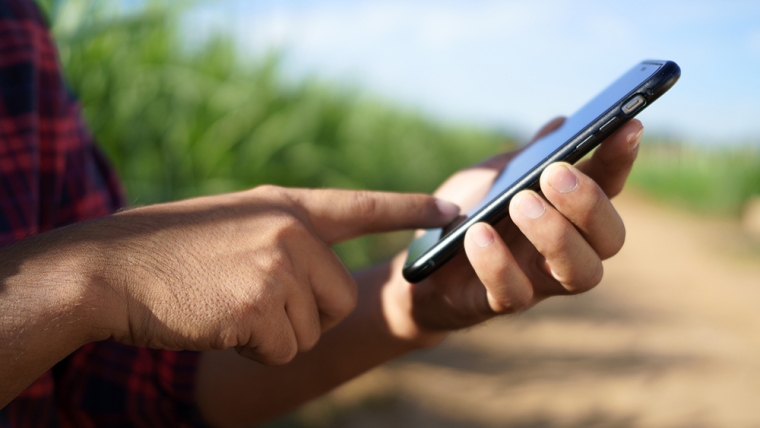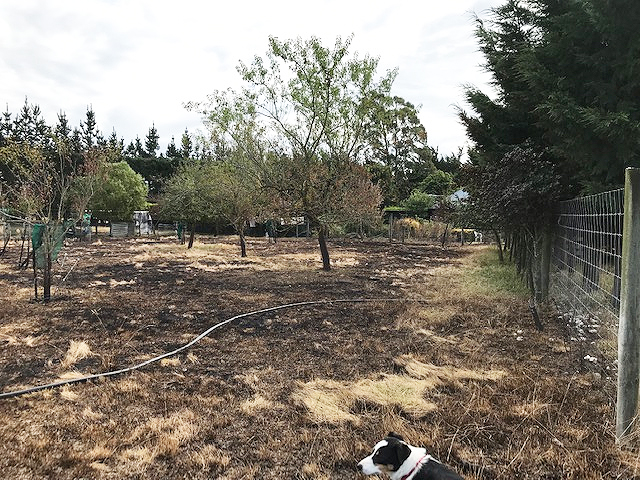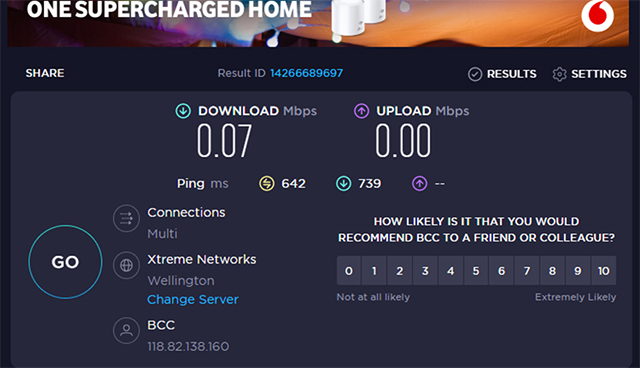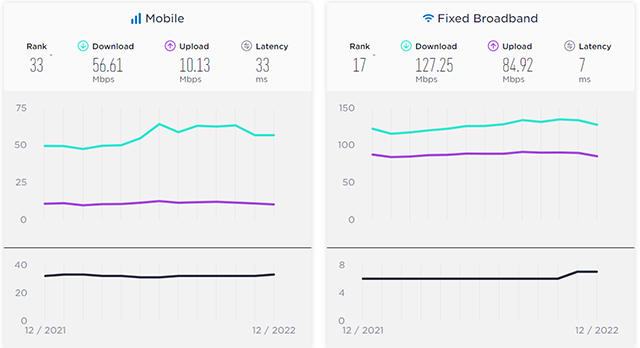
Given the extensive nature of the flooding and resulting damage in Auckland and the wider surrounding areas, most other things in the news seem rather minor. Perhaps at the moment the most concerning thing is that there is still more very heavy rain to come. The scale, no doubt exacerbated by being a built-up area, is almost biblical.
Most of the focus has rightly been on the human stories that are emerging and then the structural damage that looks as though it may take years to repair. Although with totally different causes it does remind one of the impacts on Christchurch from the 2010/11 earthquakes. No doubt in the reviews that will inevitably follow a re-examine of what is built and where will take place, as the climate forecasters had predicted events such as this and with increasing regularity.
Perhaps most disturbing is the fact that while Auckland was the unfortunate city to be hit this time, it could have happened to any city.
The Christchurch earthquake brought a major overhaul of building regulations regarding earthquake strengthening and building sites. The Auckland experience will (or should) bring a major re-examine over the appropriateness of what and where we build regarding floods and slips (if the Nelson experience wasn’t enough).
One thing we are learning is the importance of making resilience a priority in our planning. It needs to be at almost any cost, as the cost of rebuilding and putting lives back together will far outweigh the cost of prevention (assuming we are able to achieve it).
One area that to date has slipped under the radar are the storm impacts on the agricultural sector. Hopefully it means it hasn’t been to badly impacted although I can’t help but think that the vegetable growing sector will have continued to have the ‘season from hell’. Perhaps it will not be until supermarket prices for fresh vegetable and perhaps fruit start to skyrocket (yet again) due to the fact growers are not able to get onto their land to harvest and plant the seasonal crops, will the true impact be noticed.
In stark contrast, in the South Island things couldn’t be more different. Some parts in the Southern regions are talking about drought, and Canterbury although far from that (by Canterbury standards) has also been getting dry.
A widespread fire ban was brought in last Friday due to the dryness and heavy fuel loadings from the previous wet early summer and late spring. For many places on the Canterbury plains fire is high on the natural risks to be aware of. In the last two years we here have had multiple immediate neighbours situations who have had to call out the local volunteer fire brigade. Most incidents were a result of a human activity gone wrong.
- BBQ got out of control and leapt into boundary shelter belt (12 trees left dead)
- Rubbish fire light in an inappropriate wind and too close to boundary trees (6 trees gone)
- Electrical fire in a pool pump, no foliage damage this time.
- Controlled tree stump fire on the verge of going out of control
- Finally, this time within our boundary. An incinerator fire re-igniting 48 hours after supposedly out and spreading dangerously close to a house and more substantial hedging. (see below)

Although not clearly visible on photo over 30 trees are having to be removed. On the plus side, it will open up a view of the Port Hills. Ironically this was occurring while the rainfall was building over Auckland.
Fortunately, this was (or should have been) easier to prevent than either the Auckland flooding or indeed the Christchurch earthquakes; it has just been on the ‘round-to-it’ list for too long. Setting up decent hosing, easily accessible should make the odds of a repeat occurrence a lot less. Another thing the fire did also highlight was the total inadequacy of the wireless communication here. As it took multiple attempts to contact 111 as cell phone coverage kept dropping out.
Below is the actual copy of our WiFi coverage the evening after the fire was extinguished.

This is for internet speed but this is provided by our mobile (cell tower) supplier. Happily, it is not always as bad as this but is enough of the time to be a constant issue. For those who are not familiar with what a ‘reasonable’ rate should be expected below is a snap shot showing the national average for both mobile and fixed. Hence you can understand the frustration of many rural dwellers at the lack of service. Especially when you live only 30 minutes outside the CBD of New Zealand’s second largest city.

Needless to add we have been investigating ways to improve our situation, we already have a booster aerial but obviously having little impact and have been waiting on a telecom provider to come and assess our situation since the 12/1/23. The provider has made contact this afternoon (to yet again) repeat the same questions asked back then. In the meantime, we keep paying the same account. Not sure why we bother.
If New Zealand is to become more resilient to events, communication should have a part to play; many in Auckland think so it appears.
5 Comments
A good time to band together with locals and council . to find local solutions. Around here , small providers (some are community trusts) use council wifi,(or school etc) , and relay it from property to property . it requires line of sight from repeater to repeater , so requires many properties to bounce it in , usually a house is within line of sight of a high point on a neighbours property.
Wi-Fi calling and 4G modems in your house is now possible. We had to find alternatives even in Puhoi for years, but that's finally now gone fibre. Even in Silverdale things like freeview TV is next to impossible. There are big holes all over the place in this country with wireless communications.
Chorus and Vodafone have done great job of sucking up huge taxpayer funded subsidies to roll out a very poor cell and internet system for anyone not living in a major city or town.
I swear they did there best round here to waste as much money as possible.First they run conduits and fibre to connect the larger small towns together. Then, they did it all again to do the schools, all of whom are on the main roads next to the fibre running between towns. Then they did whatever farms were lucky enough to get what was left.and the cell towers are full for new wireless broadband, another trip back to the trough I guess. To me a cell tower running at capacity shouldn't need a subsidy.
Elon Musk and his brilliant Starlink service will take care of your problems, it has been a game changer for us. Note if you do have any problems with it, their customer support is overwhelmed at the moment.

We welcome your comments below. If you are not already registered, please register to comment
Remember we welcome robust, respectful and insightful debate. We don't welcome abusive or defamatory comments and will de-register those repeatedly making such comments. Our current comment policy is here.